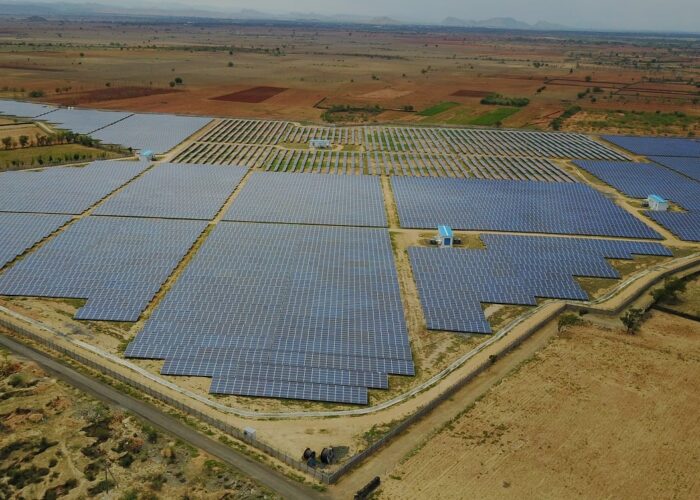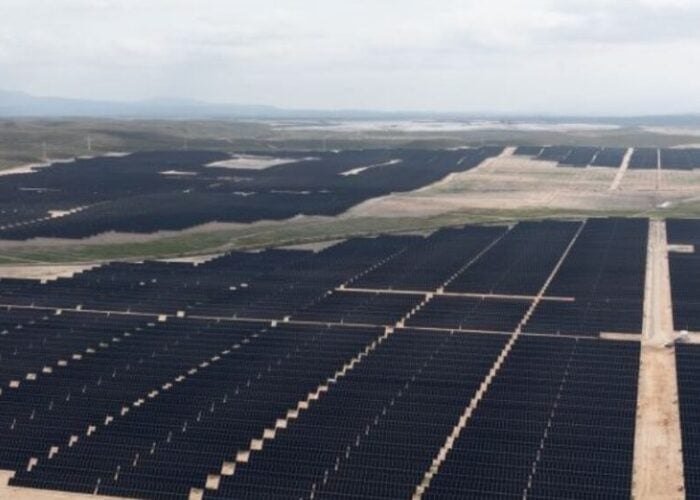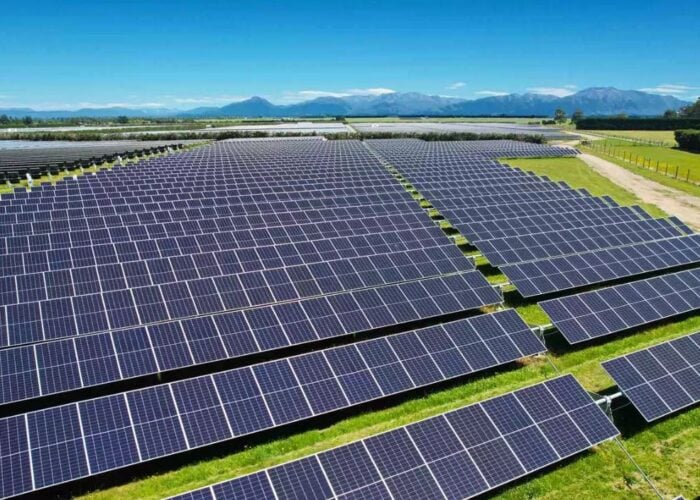UK-based thin-film start-up, Oxford Photovoltaics said it would commercialise a perovskite based tandem thin-film for conventional c-Si solar cells ahead of plans to commercialise its BIPV product offering set for 2017.
In a keynote speech at last years EU PVSEC conference, leading solar scientist Professor Martin Green from the University of New South Wales and Director of the Australian National Energy Agency had highlighted significant advances being made in perovskite material efficiency gains in such as short period.
Try Premium for just $1
- Full premium access for the first month at only $1
- Converts to an annual rate after 30 days unless cancelled
- Cancel anytime during the trial period
Premium Benefits
- Expert industry analysis and interviews
- Digital access to PV Tech Power journal
- Exclusive event discounts
Or get the full Premium subscription right away
Or continue reading this article for free
Chris Case, Chief Technology Officer of Oxford PV said “In two years of R&D, we've gone from a conversion efficiency of 5 percent as a standalone solar cell to above 17 percent — and the data is continuously improving as we try new things. We believe this material can deliver conversion efficiencies in the high twenties in a relatively short period of time. Ultimately, it will drive the performance of solar panels to the next level. Based on progress with customer partners, we expect to see prototype panels available in 2015.”
Case, brought into Oxford PV to commercialise the perovskite products also echoed Professor Green’s EU PVSEC speech in that that perovskites could best find a mainstream application as a tandem layer on conventional crystalline silicon solar cells.
“Perovskite has the potential to change the solar industry,” said Kevin Arthur, Oxford PV's co-founder and CEO. “Simply put, the material delivers very high performance at a low cost. Applied as a tandem layer, perovskite can have a significant impact by 'turbo boosting' the efficiencies of current mainstream crystalline-silicon products. We're really just scratching the surface now, given the rich potential of this material for a range of solar applications in the longer term.”
The start-up is expected to commercialise the perovskite tandem layer under a licensing model.
Oxford PV claims the perovskite thin-film layer would increase the conversion efficiency of conventional silicon solar cells by 20 percent — the equivalent of a 3% to 5% increase in absolute conversion efficiency.






